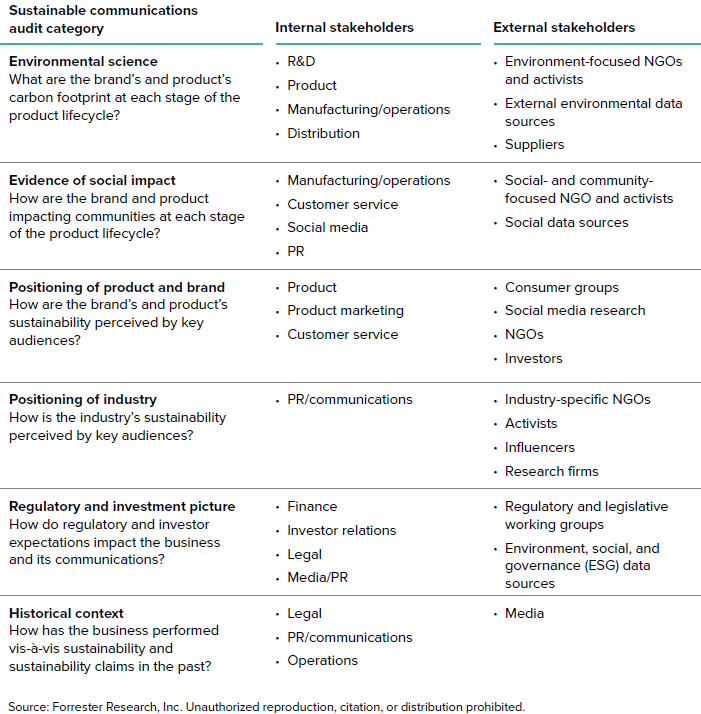You’re Probably Greenwashing, But You Don’t Know It
Alongside the COP26 Conference, many businesses communicated their green pledge and how much they are acting to protect the environment. Expect more of this to happen this week, with Earth Day falling on Friday, April 22 — and get ready to see many brands accused of greenwashing.
Greenwashing — when a business is perceived to be misrepresenting its sustainability — is a growing problem. Even mature marketers and leading communication experts can unintentionally mislead consumers. In fact, greenwashing is rarely intentional: “It is rather the result of internal miscommunication between pushy marketers who prefer the talk and humble sustainability champions who prefer the walk,” as greatly summarized by Thomas Parouty, founder of MIEUX, a communication agency for corporate social responsibility.
Marketers face two big issues with greenwashing:
- The cost of miscommunication is high. Regulators, activists, NGOs, investors, and customers will scrutinize your communications and take action. Half of green claims lack evidence, according to a screening of websites by the European Commission. Relying on a name-and-shame principle, a French ecological awakening association launched a widely shared Advent calendar to prompt a vote on LinkedIn for the worst greenwashing ad during the 2021 holiday season. Beyond legal action, negative word of mouth, bad press, and brand equity loss, one of the main business risks is that customers will turn to competitors. This will have a ripple effect on your brand as an employer and your ability to acquire and retain talent.
- The cost of paralysis is even higher. The specter of green-, purpose-, or woke-washing shadows marketers’ sustainability communications. Some firms are paralyzed by their fear of greenwashing and prefer not to communicate despite real efforts to become more sustainable. Firms that don’t communicate on their environment, social, and governance efforts miss the opportunity to realize brand benefits and risk falling behind self-promoting competitors.
What’s the best way to avoid greenwashing? I’d argue it’s to truly embark on a multiyear sustainability transformation journey and to revisit your marketing approach, embracing a much more humble, co-creative stakeholder dialogue to activate trust in all sustainability claims. Let’s not forget that consumption itself is up for debate. Many organizations, and their marketers, see marketing’s remit as creating interest in or demand for a product and thus to drive sales and consumption. That’s an issue, when overconsumption is at the root of unsustainability.
My colleague Ryan Skinner and I have just published a new report (the first in a series on greenwashing) to introduce the notion of sustainability communications accounting to help marketers manage these messages with integrity. Sustainability communications accounting encompasses six key perspectives against which marketers can audit and incorporate new expertise to safeguard their sustainability communications:

Customer understanding, brand strategy, and brand experience are the key marketing domains to address, and each of these is an arena where marketing leaders should look to incorporate sustainability communications accounting. Do this through:
- Customer and community insights. Understanding the shade of green of your customers is key to best target them and activate the right emotions in the customer journey. Data science company Ekimetrics is using AI to create a green transition radar that decrypts product and corporate environmental claims, as well as leveraging green consumer voices to help marketers encourage responsible consumption while avoiding false steps in their communication.
- Brand and product strategy. You will have to align your brand personality and your customer experience vision with your sustainability claims. Create a panel of key internal stakeholders (R&D, product, operations, marketing, finance) and external stakeholders (e.g., clients, NGOs) to push the high-level brand and product strategy shifts and to co-create. The Body Shop hosted a Boardroom 2030 activation, where it invited a group of young people and activists from Extinction Rebellion to speak with its team and rethink its approach. “What’s new is that you have to dig hard with sustainability and R&D teams to identify proof points and tangible benefits that make sense to consumers,” said Philippe Armand, chief marketing and experience officer at Michelin.
- Campaign and agency briefing. Marketers must bring hygiene to the communications workflow. The UK and France have published a clear set of guidelines to follow for sustainability communications that marketers can use for strategy and brief creation. Marketers should also bring their sustainability experts closer. Finally, think channel strategy for sustainability communications; leaders told us that — because oversimplification leads to greenwashing — they focused their sustainability communications on channels like social media, the web, or events, not on billboards or TV spots.
This blog post is part of Forrester’s Earth Day 2022 series. For more Forrester insights on sustainability, see the full set of Forrester’s climate action blogs.
